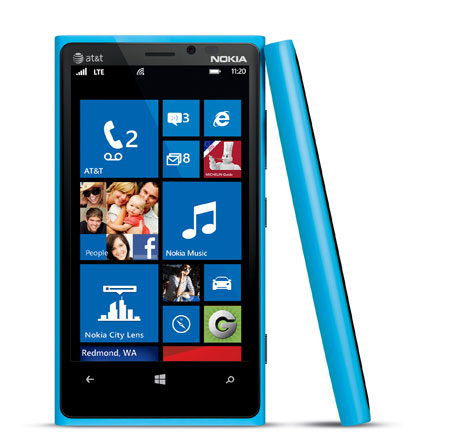Camera phone comparison; iPhone 5, Note II, HTC 8X, Lumia 920


I have spent more than a week with both the HTC Windows Phone 8X and Nokia Lumia 920, along with owning the Samsung Galaxy Note II and Apple iPhone 5, so I thought it would be appropriate to most some thoughts on the camera performance for still photos and offer up some typical sample photos. This is not an exhaustive camera analysis, just a comparison of typical photos that I might shoot on a regular basis, which is what I believe consumers are likely to do when they buy one of these devices. The photos are in the order of iPhone 5, Galaxy Note II, HTC 8X, and Lumia 920.
Check out my image gallery of the sample photos.
A LOT has been written and said about the Nokia Lumia 920 and its strength to capture low light photos. As you can see in my image gallery, it is clear that the Lumia 920 is very strong with low light photos so the claims seem to hold true. You can also see that all four did well in regular daylight with typical photos. If you zoom in and dive into the details then you may see that the Lumia 920 and iPhone 5 go head-to-head for best overall smartphone of these four for photos. I also own the Nokia PureView 808, but that is my wife's new main phone and without any testing I can tell you that one is the best. Rafe and Steve actually posted an excellent Nokia PureView shootout article comparing the Lumia 920 to the 808 Pureview, HTC One X, and Lumia 900. As I thought, Nokia really dropped the ball with the Lumia 900.
CNET also posted a camera phone comparison article that pits the Lumia 920 against the HTC 8X and Apple iPhone 5. All three had strengths and weaknesses with the iPhone 5 being the most consistent. It is pretty clear that software algorithms are pretty important and the processing of photos is almost as important as the optics behind them. It looks to me like HTC may be trying too hard with their camera software as their photos were generally of poorer quality than the other three camera phones and I know they have high end technology in their ImageChip solution.
I didn't go into all of the available software features on each platform, but know that the Note II and Samsung have an extensive amount of shooting options. Windows Phone 8 has a few available options with some additional "Lenses" for more advanced shooting modes while the iPhone 5 keeps it very simple with very few options for the consumer.
It is tough to judge and grade photos without seeing the real life scene in front of you. Grading them is also pretty subjective and what looks good to you may not look good to me since we may have different aspects that are important (such as, I like rich color while you like sharp detail). Here are MY picks for the best photo in the six different scenes I have in my image gallery:
- Seattle street: Lumia 920 followed by iPhone 5. Check out the sky in center back and richness of colors.
- Leaf and flag: Too close for me to call, only 8X seems too white.
- Seattle waterfront: iPhone 5, provides best color, lighting, and color match from reality.
- Leaf on Puget Sound: Lumia 920 then iPhone 5. 8X again is too white.
- Low light couch: Lumia 920 is clear winner, while 8X actually faired well.
- Low light Halloween: Lumia 920 smoked it with this photo, followed by iPhone 5.
I honestly think most consumers can buy any of these four phones and be satisfied enough with the camera to post to Facebook, share with friends, etc. I never print my camera phone photos and these are all much better than phone cameras we had just a year ago. Feel free to view the images in my gallery. I couldn't upload the full size image for you to compare and zoom in yourself to see the fine details but that is a limitation of the ZDNet gallery system.
Related ZDNet coverage
- First impressions: Nokia Lumia 920 Windows Phone 8 smartphone
- First impressions of the well-designed HTC Windows Phone 8X
- Microsoft Windows Phone 8 guide: Are these improvements to a great OS enough?
- Over a week with the iPhone 5 and I'm convinced it's a keeper
- Ten great things to do with the Samsung Galaxy Note II